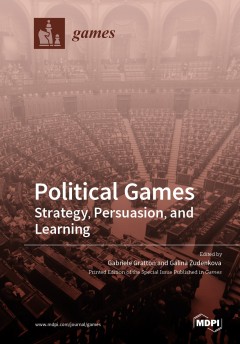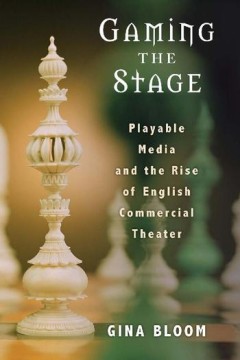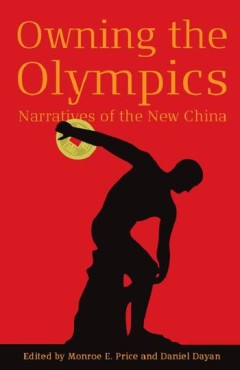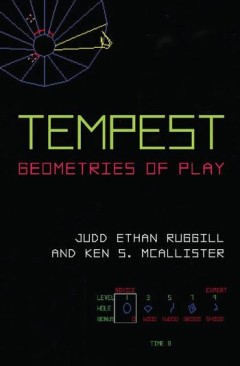Filter by

Political games : strategy, persuasion, and learning
Political actors navigate a world of incomplete and noisy information. Voters make decisions about turnout and voting amidst campaign promises, credit claiming, and fake news. Policymakers experiment with reforms amidst uncertain predictions from experts and biased interest groups. Parties form coalitions and sign agreements amidst cheap talk and strategic communication. Beyond democracies, aut…
- Edition
- -
- ISBN/ISSN
- 9783039284474
- Collation
- VII, 70 p.
- Series Title
- -
- Call Number
- 320.015193 GRA p

The place of play : toys and digital cultures
Increasingly, technology is at stake in toys, games and playing. With the immense popularity of computer games, questions concerning the role and function of technology in play have become more pressing. A key aspect of the increasing technologization and digitalization of both toys and play is the vagueness of borders between producers, consumers and players. In these so-called participatory c…
- Edition
- -
- ISBN/ISSN
- 9789089640802
- Collation
- 159 p.
- Series Title
- MediaMatters
- Call Number
- 794.8 LAU p

Gaming the stage : playable media and the rise of English commercial theater
Rich connections between gaming and theater stretch back to the 16th and 17th centuries, when England's first commercial theaters appeared right next door to gaming houses and blood-sport arenas. In the first book-length exploration of gaming in the early modern period, Gina Bloom shows that theaters succeeded in London's new entertainment marketplace largely because watching a play and playi…
- Edition
- -
- ISBN/ISSN
- 9780472073818
- Collation
- xii, 276p. : ill.
- Series Title
- -
- Call Number
- 792.094209031 BLO g

Owning the Olympics : narratives of the new China
"A major contribution to the study of global events in times of global media. Owning the Olympics tests the possibilities and limits of the concept of 'media events' by analyzing the mega-event of the information age: the Beijing Olympics. . . . A good read from cover to cover." —Guobin Yang, Associate Professor, Asian/Middle Eastern Cultures & Sociology, Barnard College, Columbia Universit…
- Edition
- -
- ISBN/ISSN
- 9780472070329
- Collation
- 416p. : ill.
- Series Title
- -
- Call Number
- 796.48 OWN o

Tempest : geometries of play
Atari’s 1981 arcade hit Tempest was a “tube shooter” built around glowing, vector-based geometric shapes. Among its many important contributions to both game and cultural history, Tempest was one of the first commercial titles to allow players to choose the game’s initial play difficulty (a system Atari dubbed “SkillStep”), a feature that has since became standard for games of all…
- Edition
- -
- ISBN/ISSN
- 9780472072699
- Collation
- xi, 154p. " ill.
- Series Title
- -
- Call Number
- 794.8 RUG t
 Computer Science, Information & General Works
Computer Science, Information & General Works  Philosophy & Psychology
Philosophy & Psychology  Religion
Religion  Social Sciences
Social Sciences  Language
Language  Pure Science
Pure Science  Applied Sciences
Applied Sciences  Art & Recreation
Art & Recreation  Literature
Literature  History & Geography
History & Geography